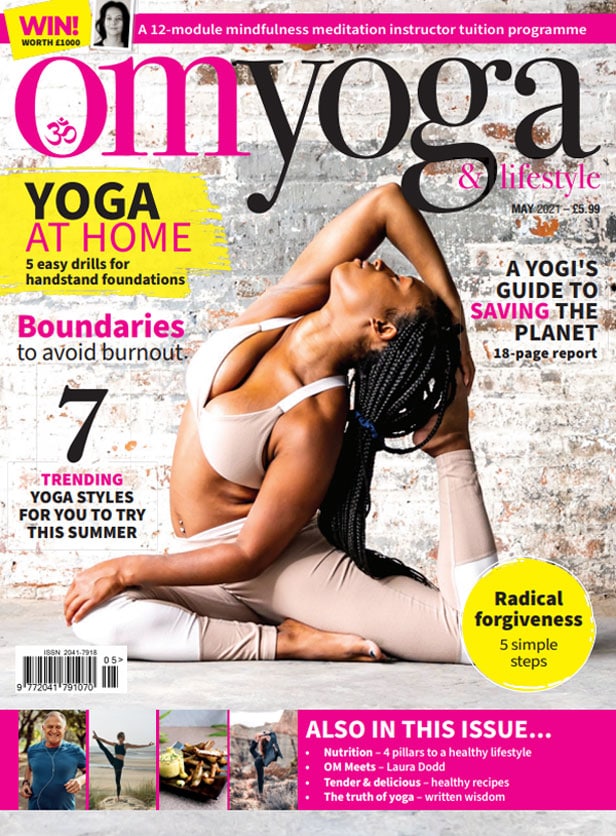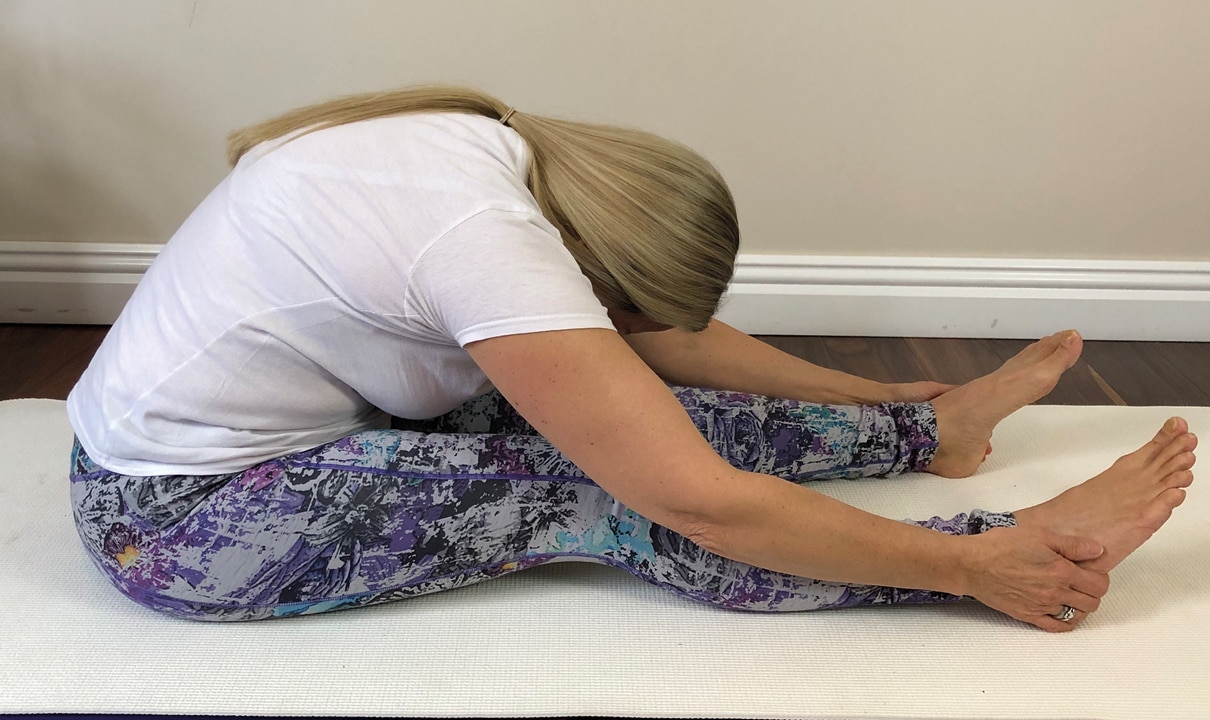
Yin Yoga
A quiet practice delivering powerful physical and mental benefits. By Gillian Cawte
Yin Yoga is a quiet practice which can help balance the yang aspects of our life. The term ‘Yin Yoga’ was originally termed by Sarah Powers, a student of Paul Grilley. Paul was taught by martial arts champion, Paulie Zink, who had a Taoist approach to yoga, incorporating yin and yang.
The floor-based yin poses target the hips, legs, and lower spine. These poses are generally held for between three to five minutes, though sometimes longer. During this time, the student is able to delve into aspects of themselves, both physical and emotional, and investigate where they are holding tension to allow the release of any emotions.
Yin Yoga is not Restorative Yoga; it actively stresses the joints, bones, ligaments, tendons, connective tissue, and fascia of the body. This helps stimulate the energy meridians throughout the whole body. A yang practice targets the muscles with rhythmic movements.
Stretching connective tissue
The majority of rules surrounding modern exercise seem at odds with the idea of stretching connective tissue round the joints.
This is based around the belief that if you stretch connective tissue back and forth at the edge of its range of motion, or suddenly apply a lot of force, you will eventually hurt yourself.
Yin Yoga, however, advocates stretching connective tissue because the principle of all exercise is to stress tissues so the body will respond by strengthening it.
Connective tissue and muscles need to be exercised differently. Muscles require rhythmic contraction and release to become stronger. Connective tissue responds to slow, steady holds – in a yin pose, when held for a long time, the body responds by making them a little longer microscopically and stronger.
Yin poses allow the body to be moved to its full range of movement. Of course, you can overdo a yin pose just as you can a yang pose. Students are required to listen to their own bodies to understand when they find their ‘edge’, this is where they stay. Yin poses are practiced with relaxed muscles, allowing the connective tissue around the joints to be stretched.
The poses are primarily floor based, and each of the seven archetypal poses can be varied according to each student’s range of motion within their joints and muscles. Paul Grilley named the seven yin archetypal poses to differentiate them from familiar yang poses: Shoelace, Saddle, Caterpillar, Dragonfly, Twist, Dog, and Dragon. These seven archetypal poses are just that, archetypes. There are variations within each archetype which students should experiment with to enable them to feel the ‘target area’ for that pose.
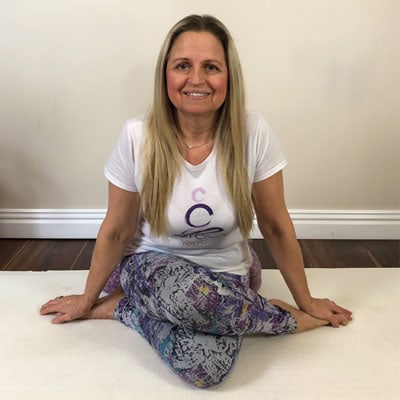
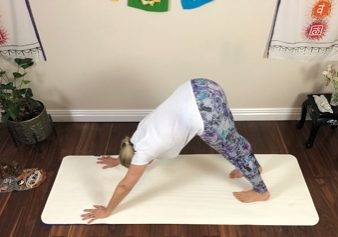
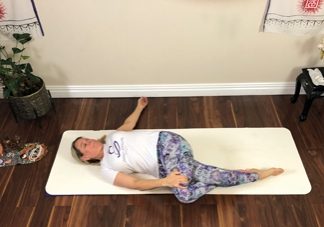
Target Areas
Each pose has a target area (see box). Feeling a stretch in the target area is confirmation the student is undertaking the pose correctly. As Paul Grilley says: “If you’re feeling the stretch in the target area, you are doing the pose correctly for your unique body.”
Students will not necessarily look the same; each student’s bones are different. Allowing students to move their bodies into a position that works for them to stress the target area is a freedom most students appreciate.
TARGET AREAS
Shoelace – gluteal muscles
Saddle – quadricep muscles
Caterpillar – hamstring muscles
Dragonfly – adductor muscles
Twists – oblique muscles
Dog – upper body, rectus abdominus, hamstrings
Dragon – hip flexors
Benefits
Additionally, Yin Yoga taps into the energetic and emotional meridian channels. In Traditional Chinese Medicine (TCM) these energy (Qi) channels can hold tension and unresolved emotions. By squeezing or lengthening these channels in Yin Yoga poses they can assist in releasing this tension during the rebound. The rebound is when you come out of the yin pose and give the body time to release the flow of Qi through the meridian channels.
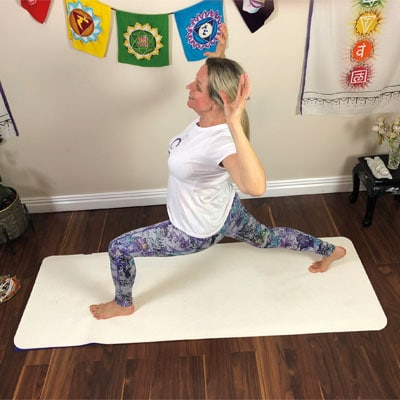
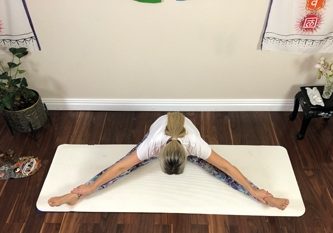
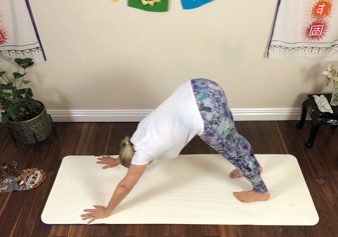
The sensations may feel like pulsations, vibrations, heat, cold or movement away from the area being targeted in the pose.
There are numerous benefits to practicing Yin Yoga, alongside other forms of yang yoga; these include:
1. Balancing the yin and yang aspects of your life
2. Calming the mind and body
3. Flexibility within the fascia’s connective matrix including tendons and ligaments
4. Positively stresses the joints
5. Enhancing deeper relaxation within the musculature
6. Helping reduce anxiety and stress
7. Enables a wonderful meditative pose
8. The Qi energy in the body is regulated by stimulating the meridian channels to bring balance to the organs
9. Increases mobility in the joints by lubricating them, especially the hips.
By practicing Yin Yoga a couple of times a week, students may be pleasantly surprised at how differently they feel when meditating – which is the ultimate goal of a physical yoga practice.
TCM practitioners have insisted that blockages or stagnation in the vital flow of Qi throughout the body eventually manifests in physical problems. Yin Yoga is a unique practice to help stimulate the flow of Qi and remove these blockages.
Gillian Cawte is a highly qualified teacher, specialising in teaching Yin Yoga Teacher Trainings. gilliancawteyoga.co.uk
Gillian Cawte is a highly qualified teacher, specialising in teaching Yin Yoga Teacher Trainings. gilliancawteyoga.co.uk


